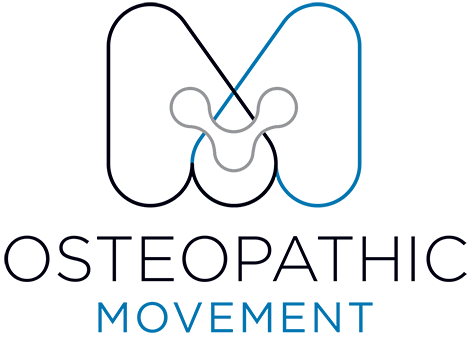Osteoarthritis, Degeneration, Wear and Tear...Ring a Bell?
Understanding Osteoarthritis: What “Wear and Tear” Really Means and How to Manage It
You may have been told that you have osteoarthritis, joint degeneration, or simply “wear and tear.” But what do these terms really mean — and what can you do about them?
The good news is: they all describe the same natural process, and having osteoarthritis doesn’t mean your joints are doomed. In fact, understanding it properly can empower you to take steps that reduce symptoms, preserve mobility, and prevent flare-ups.
What Is Osteoarthritis?
Osteoarthritis (OA) is the degeneration of joint cartilage and underlying bone, often referred to as normal wear and tear. It’s the most common form of arthritis and typically affects people in middle age and beyond, though early changes can appear in younger individuals — particularly athletes or those with a history of joint injury.
Cartilage acts as a smooth, shock-absorbing surface between bones, allowing for frictionless movement. Over time, it can thin, crack, or wear down, and the body may respond by forming bony growths (osteophytes or “bone spurs”) to stabilise the joint.
This process happens gradually — it’s a normal part of aging — but certain factors can accelerate it.
Common Risk Factors
Increasing age
Previous joint injuries
Genetics or family history of arthritis
Repetitive strain or physically demanding occupations
Poor posture or biomechanics
Excess body weight adding joint stress
Bony misalignment or structural abnormalities
Hormonal and gender factors — osteoarthritis is more common in women
Typical Symptoms
Osteoarthritis is most common in the knees, hips, hands, and spine. Common symptoms include:
Joint pain or tenderness
Morning stiffness or stiffness after inactivity
Swelling or warmth around joints
Reduced flexibility or movement
A grating or “crunching” sensation during movement
Importantly, the degree of visible degeneration on imaging doesn’t always correlate with pain — many people with osteoarthritis changes on scans experience minimal or no symptoms at all.
Younger Patients and Early Degeneration
Even in your 20s or 30s, you may show early joint changes — particularly if you’ve played high-impact sports or experienced repetitive loading. For example, years of bowling in cricket, running, or weightlifting can all create localised wear over time.
But don’t panic — degeneration doesn’t mean disability. With proper management, movement, and strength training, you can stay active, strong, and pain-free for decades.
How Osteopathy Can Help
Your South Yarra osteopath can help manage osteoarthritis by identifying biomechanical imbalances and improving joint mobility and posture. Treatment focuses on:
Joint mobilisation to improve flexibility and reduce stiffness
Soft tissue therapy to ease muscle tension around affected joints
Postural and ergonomic advice for work and daily activities
Targeted strengthening exercises to support weak or overloaded joints
Education on movement strategies and load management
For example, restricted movement in one area of the spine or hip may force neighbouring joints to move excessively, leading to irritation and pain. Osteopathic treatment helps restore balance and reduce compensatory strain throughout the body.
Lifestyle and Self-Management Strategies
Stay active: Regular, low-impact exercise such as walking, swimming, or cycling keeps joints lubricated and strong.
Maintain a healthy weight: Reducing load decreases joint stress, especially in weight-bearing areas like the hips and knees.
Improve posture: A forward head or slouched posture increases spinal compression and disc pressure. Your osteopath can teach ergonomic techniques for work and rest.
Stretch and strengthen: A balanced program targeting core and postural muscles supports proper alignment.
Avoid overreliance on painkillers: While anti-inflammatories can temporarily relieve discomfort, they don’t address the root cause and can affect long-term gut and kidney health.
The Takeaway
Osteoarthritis is not a life sentence — it’s a manageable, natural process. With the right treatment, movement habits, and lifestyle adjustments, you can significantly improve your comfort, mobility, and quality of life.
If you’re experiencing stiffness or joint pain, our experienced South Yarra osteopaths at Osteopathic Movement can help. We’ll assess your movement patterns, relieve pain through hands-on treatment, and guide you with an individualised management plan. Book an appointment online or contact us to learn how osteopathy can support your long-term joint health.
Written By Dr. Dayne Sweres (B.AppSci(CompMed), M.Osteo)
